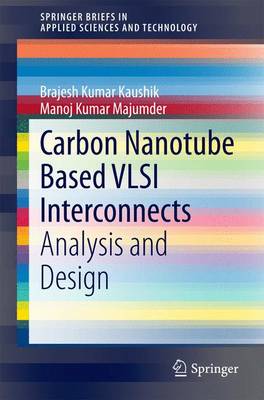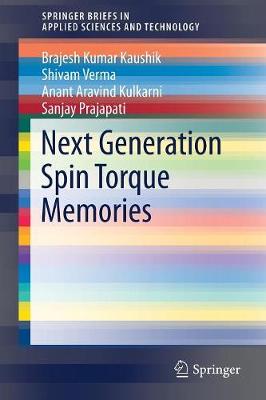SpringerBriefs in Applied Sciences and Technology
2 total works
Carbon Nanotube Based VLSI Interconnects
by Brajesh Kumar Kaushik and Manoj Kumar Majumder
Next Generation Spin Torque Memories
by Brajesh Kumar Kaushik, Shivam Verma, Anant Aravind Kulkarni, and Sanjay Prajapati
This book offers detailed insights into spin transfer torque (STT) based devices, circuits and memories. Starting with the basic concepts and device physics, it then addresses advanced STT applications and discusses the outlook for this cutting-edge technology. It also describes the architectures, performance parameters, fabrication, and the prospects of STT based devices. Further, moving from the device to the system perspective it presents a non-volatile computing architecture composed of STT based magneto-resistive and all-spin logic devices and demonstrates that efficient STT based magneto-resistive and all-spin logic devices can turn the dream of instant on/off non-volatile computing into reality.

